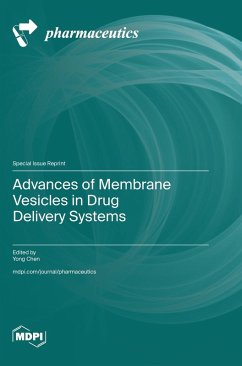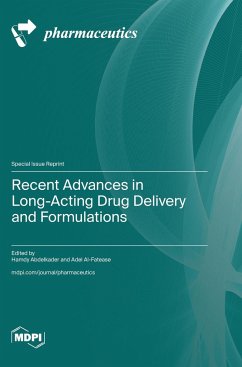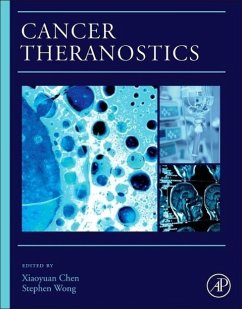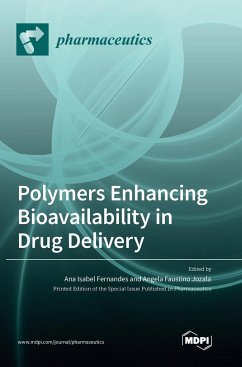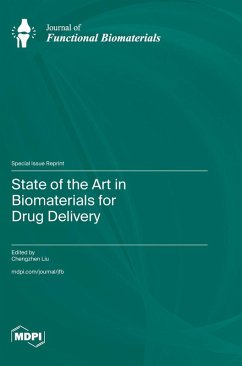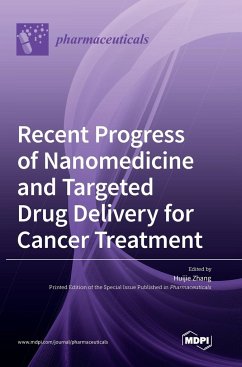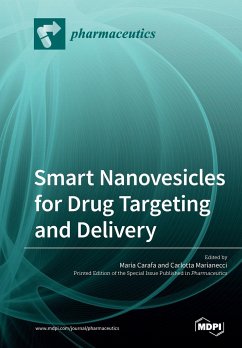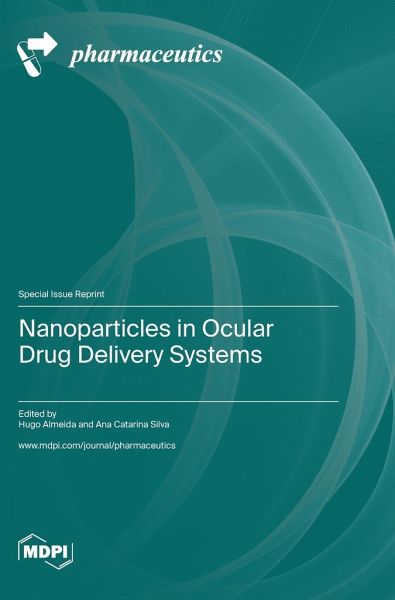
Nanoparticles in Ocular Drug Delivery Systems
Versandkostenfrei!
Versandfertig in 1-2 Wochen
90,99 €
inkl. MwSt.

PAYBACK Punkte
45 °P sammeln!
Conventional ophthalmic formulations lack prolonged drug release effects and mucoadhesive properties, decreasing their residence time in the precorneal area and, therefore, in drug penetration across ocular tissues, presenting a low bioavailability with a consequent reduction in the therapeutic efficacy. These limitations are related to the physiological mechanisms of the eye, for example, the diluting effect of formulations exerted by the tear fluid, constant turnover of the tear fluid, blink reflex, limited capacity of the conjunctival sac, and drainage of formulations applied by gravity. To...
Conventional ophthalmic formulations lack prolonged drug release effects and mucoadhesive properties, decreasing their residence time in the precorneal area and, therefore, in drug penetration across ocular tissues, presenting a low bioavailability with a consequent reduction in the therapeutic efficacy. These limitations are related to the physiological mechanisms of the eye, for example, the diluting effect of formulations exerted by the tear fluid, constant turnover of the tear fluid, blink reflex, limited capacity of the conjunctival sac, and drainage of formulations applied by gravity. To increase the residence time of formulations on the surface of ocular tissues and increase their ability to penetrate these tissues, different strategies can be used, namely, the use of viscosifying agents, mucoadhesive polymers, stimuli-responsive polymers, microparticles, and colloidal carriers (e.g., micelles, liposomes, nanosuspensions, nanoemulsions, polymeric, and lipid nanoparticles). This Special Issue combines the latest research and review works reporting the use of nanoparticles in ophthalmic formulations to increase their bioavailability and improve the therapeutic efficacy of ophthalmic formulations.





